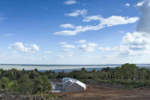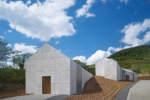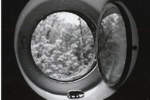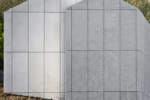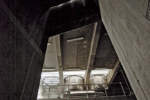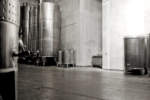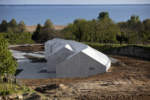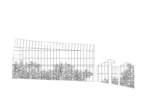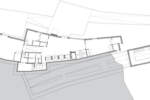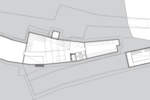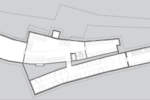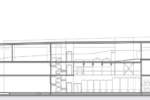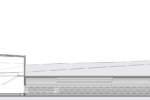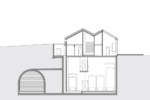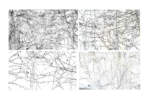architect: Atelier Peter Kis
location: Romai, Hungary
year: 2010
The viticultural building has to be like a model, but the hierarchic organisational structure is not an exclusive factor for this. In the geometric model two basic elements – the symmetric gable, closed roof abstraction of the press house and the hexagonal shaped idealised cross section of the basalt pillars-layers – connect together into a new system, which at the same time is also a reminder of both references. The basic elements – as the basalt bands that erupted to the surface – run freely, in any direction where there are no obstacles; sometimes separating, sometimes joining. The dimensions of the geometrical basic elements (cross sections) are variable, thus flowing into each other, in places rising from the soil and providing a distorted surface on the roof. The building is composed of connected panel elements, which were cast as monolithic visible concrete. The neutrality and rigidity of this is primarily detectable in the internal spaces and their relationship. There were two places where the dressing of the model, thus the addition of secondary ornamentation was necessary: when meeting the outside and at the cellar section for barrel maturation.
For the former, following the principle of being like a model, the differentiation of the facades and the roof is missing; their homogenous covering is made up of prefabricated fine concrete facing panels, with a slightly transformed pattern of grapevines climbing and twining around them.
If natural lighting needs to be provided in the inside spaces, the bands in the reinforced concrete model, following its geometry, were replaced by a light structure and glass cladding and the facing panel by a perforated metal sheet. Naturally the same grapevine pattern continues on this latter one, pulling it together into a unified surface. The other ornament is to be found in the inside, in the deepest branch of the cellar. Although this space is of a longitudinal nature with a barrel shape, like a traditional cellar, its axis is broken several times and its structure is from reinforced concrete as part of the model. This bent-broken surface is covered by a brick layer characteristic of traditional cellars, but not according to the principles of tectonic order and brick binding, but diagonally, appearing as a woven fabric.



